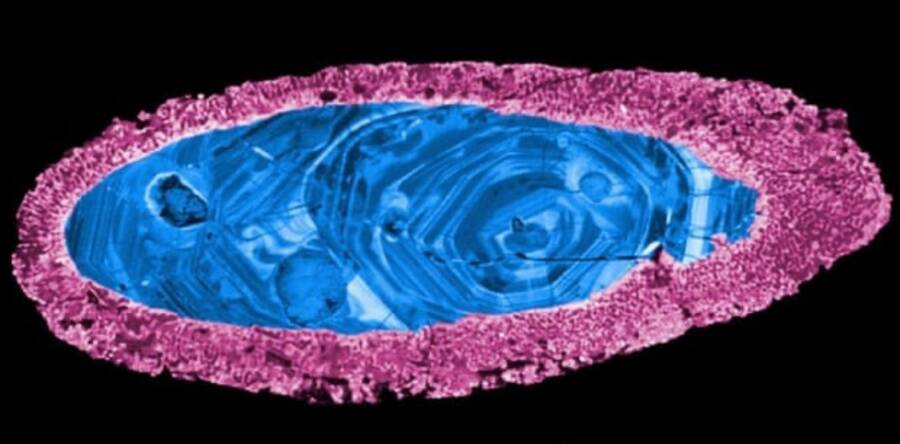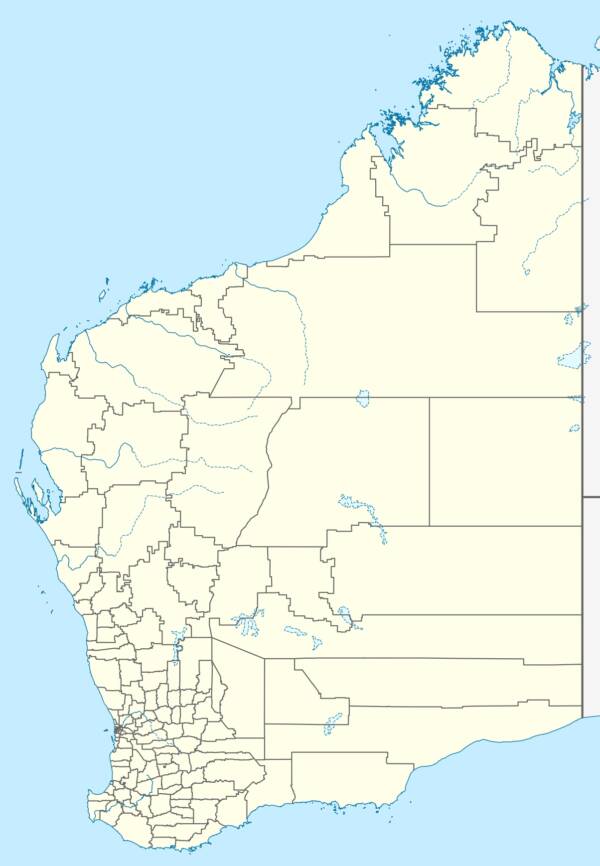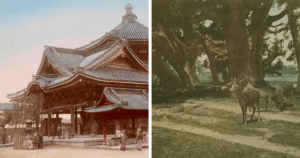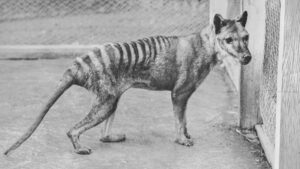“Mystery Unveiled: Earth’s Oldest Meteor Impact Site Found in the Heart of the Australian Outback!”
The Yarrabubba crater is located in a remote part of the Australian outback. Because the meteor’s crash landing was so long ago, the only trace left of the crater — which once spanned 45 miles in diameter — is a small red hill in its center known as Barlangi Hill.
Scientists have long suspected that Yarrabubba dated back billions of years but they weren’t able to provide much evidence for that theory — until now.

The ConversationA shocked zircon crystal that was used to date the Yarrabubba crater suggests that the impact occurred around the same time as Earth’s global “deep freeze.”
Dating meteor sites is tricky business due to the geological changes that occur at these sites over time. In order to date Yarrabubba correctly, researchers dug up minerals at the site and looked for traces of what is known as “shock recrystallization.”
This gives scientists clues as to when the massive impact of the meteor altered the structure of materials in the ground, including zircon and monazite.
The scientists then used a high-tech scanning process known as Sensitive High Resolution Ion Micro Probe (SHRIMP) to search for microscopic grains that contain uranium inside them. The uranium is helpful in enabling scientists to determine an estimated date of a geological event since uranium gradually decays into lead at a known rate.
In the case of Yarrabubba, they found that the crater had formed on Earth roughly 2.2 billion years ago. At the time of the meteor’s impact, the Earth was in a deep-freeze period known as “Snowball Earth.” A global thawing followed sometime afterward. So, did the space rock that crashed into Yarrabubba cause a warming of the planet?














Post Comment